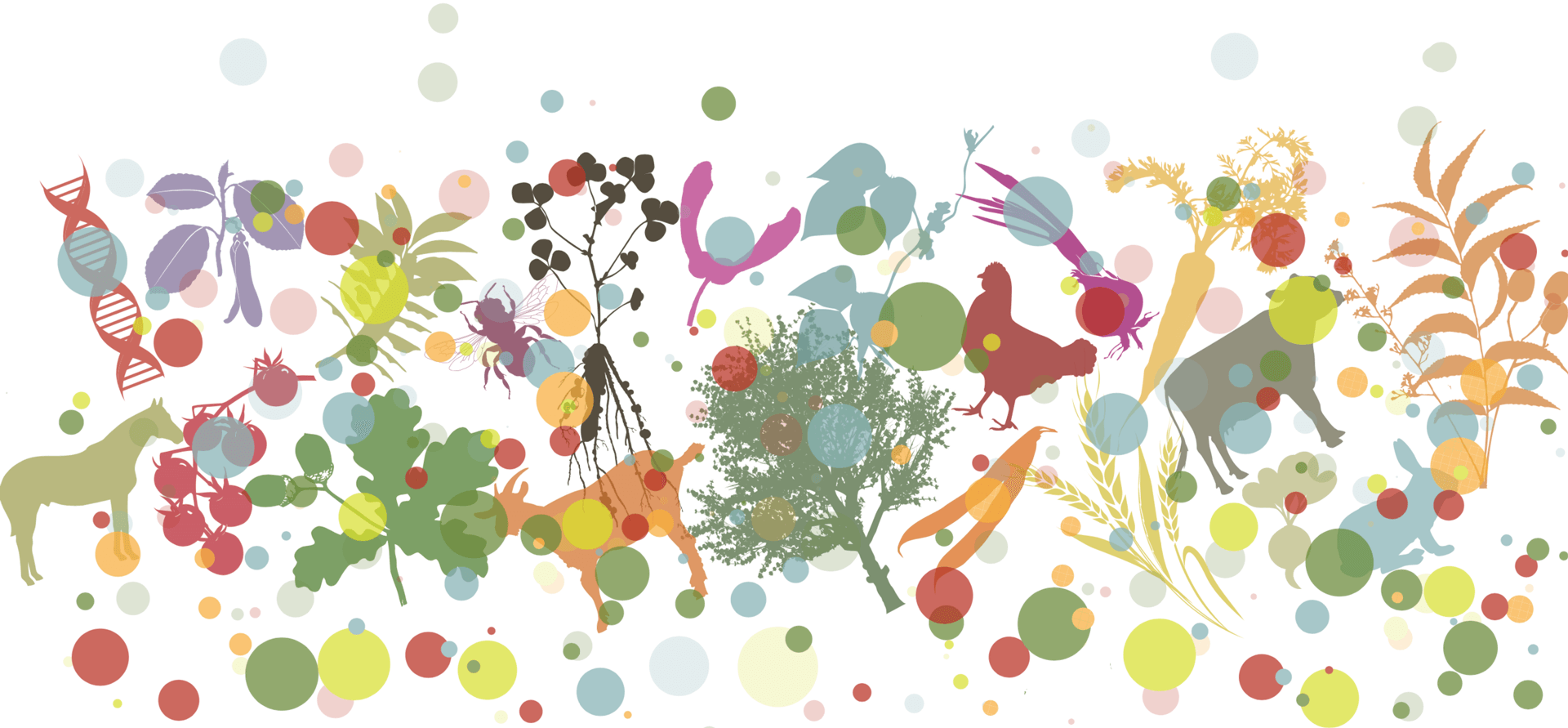New original article on animal genetic resources
Posted on 2023-07-04Fourteen morphological and eight morphometric traits on a total of 456 adult cattle (354 cows and 102 oxen) from 5 purposively selected districts were recorded to characterize the cattle populations in eastern Ethiopia. Frequency, general linear model and multivariate analysis procedures of Statistical Analysis Software (SAS 9.0) were used to analyze the data. The morphological similarities among the cattle populations from Tulo, Jarso and Fedis districts confirmed their uniqueness and belonging to Harar cattle. Morphological similarities were also observed between the cattle populations from Jigjiga and Kebri Beyah districts, which categorize them as Ogaden cattle. The Harar cattle were characterized by their forward-oriented, widely spaced, and medium-length horns while the Ogaden cattle possessed upright-oriented, narrowly spaced, short horns. The majority of the Ogaden cattle had grey body colour while the Harar cattle had multiple body colours with red combined with white and black observed frequently. Most of the morphometric measurement values were higher for the oxen, while the cows had longer horns. Moreover, Ogaden cattle had higher morphometric parameters than Harar cattle. According to the multivariate analysis results, the cattle populations in the study area were separated into two breeds – Harar and Ogaden. However, these results only showed phenotypic differences, which might not necessarily be due to genetic differences. Therefore, further molecular characterization is recommended to understand their level of relationships which will help to design appropriate conservation and breeding programmes.
Read the paper at:
https://doi.org/10.46265/genresj.IXPJ9541


 This journal has been conceived as part of the
This journal has been conceived as part of the